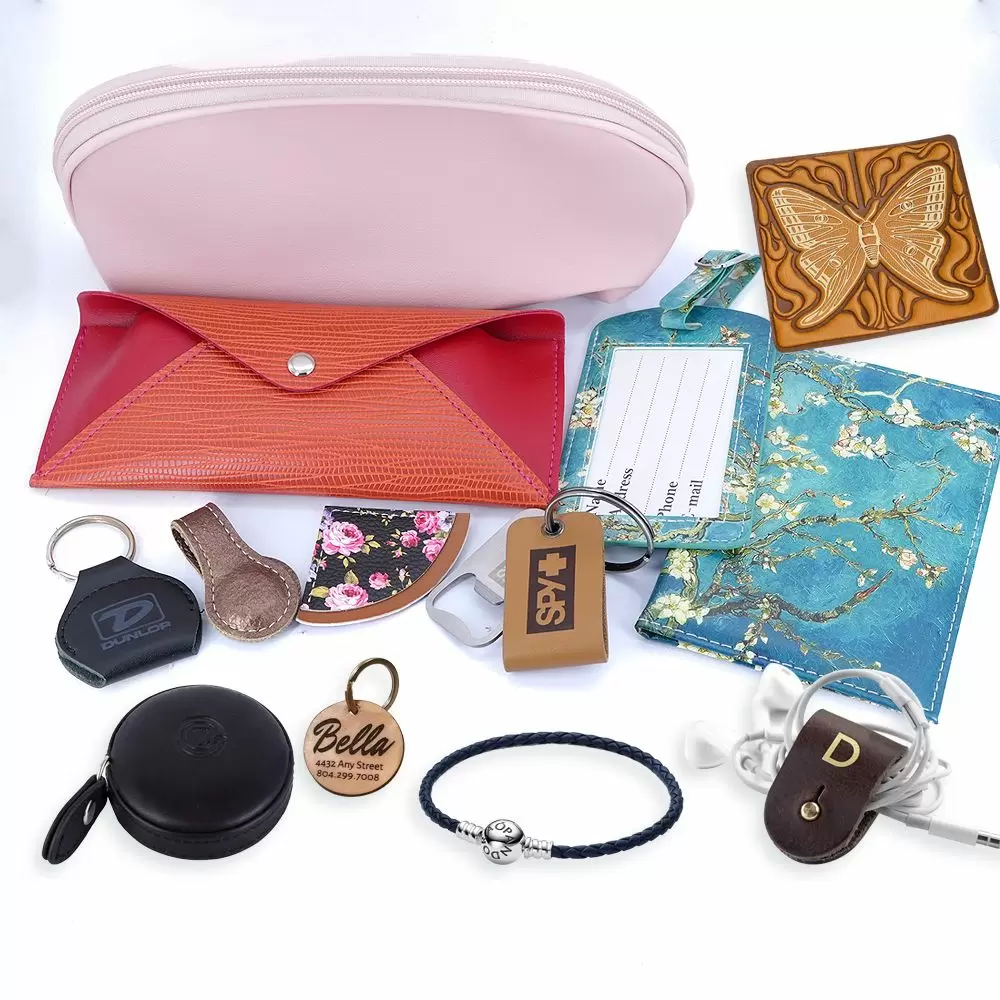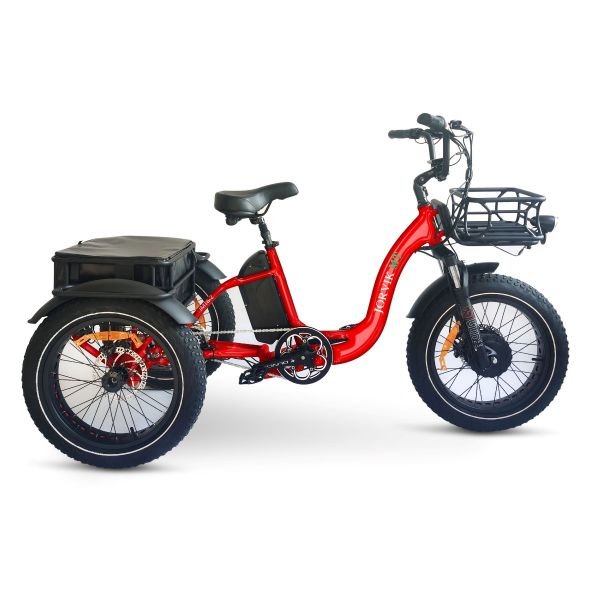Cakes Glow Magically With Edible Glitter Accents
Adding a touch of sparkle to cakes has never been easier or more enchanting. Edible glitter transforms ordinary cakes into show-stopping masterpieces that captivate the eyes before delighting the taste buds. From birthday celebrations to weddings, edible glitter creates a magical visual appeal that enhances any dessert.
Why Choose Edible Glitter for Cakes?
Edible Glitter is specially designed for culinary use, ensuring that your cakes sparkle safely. Unlike traditional glitter, it is completely edible and comes in a variety of colors and textures. Here’s why it is become a favorite among bakers and dessert enthusiasts:
- Safe for consumption: Made from food-grade ingredients, edible glitter poses no health risks.
- Versatile decoration: Can be applied on frosting, fondant, or even directly onto chocolate and caramel.
- Instant visual appeal: Instantly elevates the look of any cake, making it perfect for themed events.
Techniques to Apply Edible Glitter
Using edible glitter effectively can turn a simple cake into a stunning centerpiece. Here are some popular methods:
- Dusting with a brush: A soft pastry brush allows for precise application, creating delicate shimmer effects.
- Mixing into frosting: Incorporating glitter directly into buttercream or whipped cream gives a sparkling base layer.
- Glitter sprays and powders: Convenient and easy, sprays can evenly coat cakes for a professional finish.
Creative Cake Ideas With Glitter
The possibilities with edible glitter are endless, limited only by imagination. Here are a few ideas to inspire your next baking project:
- Galaxy cakes: Use dark icing with multi-coloured glitter to mimic a cosmic scene.
- Elegant wedding cakes: Subtle gold or silver glitter adds sophistication without overpowering design.
- Children’s birthday cakes: Bright, colorful glitter creates fun and playful designs that appeal to kids.
- Seasonal desserts: Match glitter colors with seasonal themes, like icy blues for winter or vibrant hues for summer.
Tips for a Perfect Glitter Finish
To make sure your cakes glow perfectly, follow these simple tips:
- Apply last: Glitter should be the final touch to avoid smudging or mixing with other decorations.
- Avoid overuse: A light dusting often works better than heavy coverage, keeping the cake elegant.
- Combine textures: Pair glitter with edible pearls, sprinkles, or fondant details for depth and contrast.
The Lasting Impression of Glitter Cakes
Cakes adorned with edible glitter not only look stunning but also make events memorable. The shimmering effect captures attention, creating an atmosphere of celebration and wonder. Guests often marvel at the magical transformation, making the cake a centerpiece that draws compliments and photographs alike.
Incorporating edible glitter is a simple yet effective way to add glamour to any cake. Whether aiming for elegance, fun, or a bold visual statement, this sparkling touch can elevate your baking creations to new heights. With the right techniques and creativity, cakes can truly glow magically, leaving a lasting impression on everyone who sees and tastes them.






